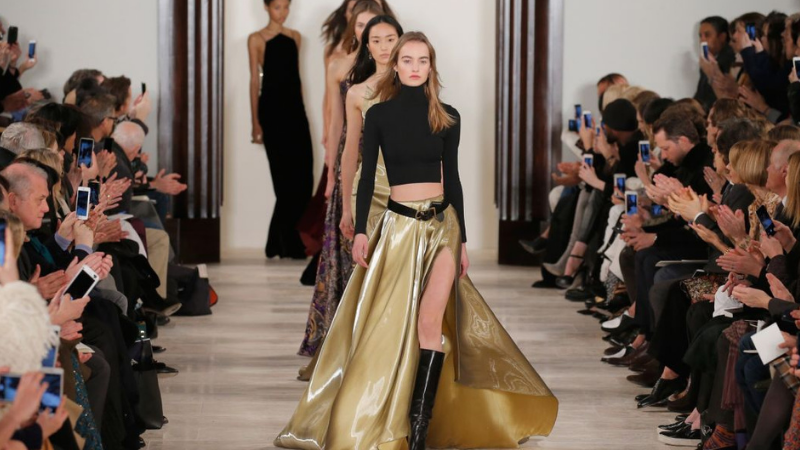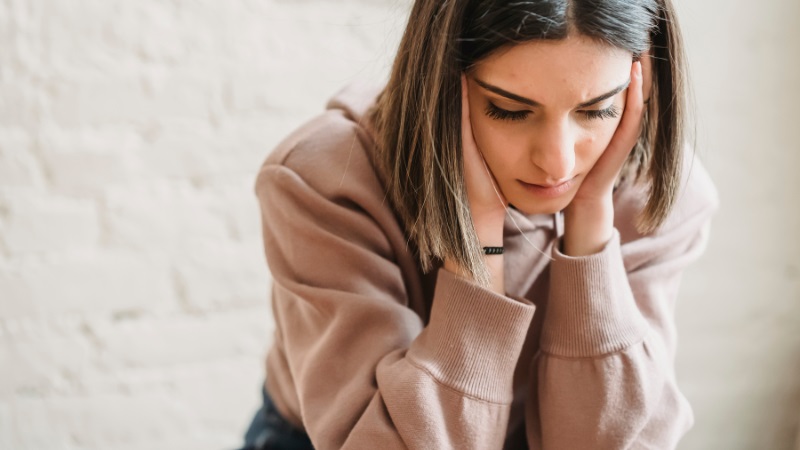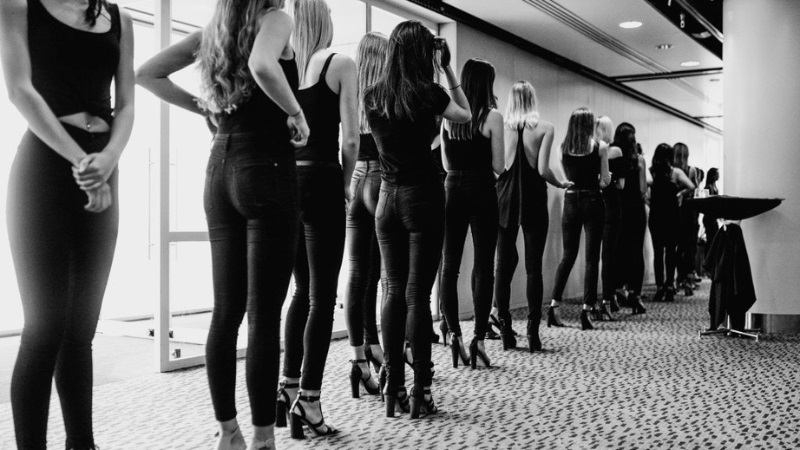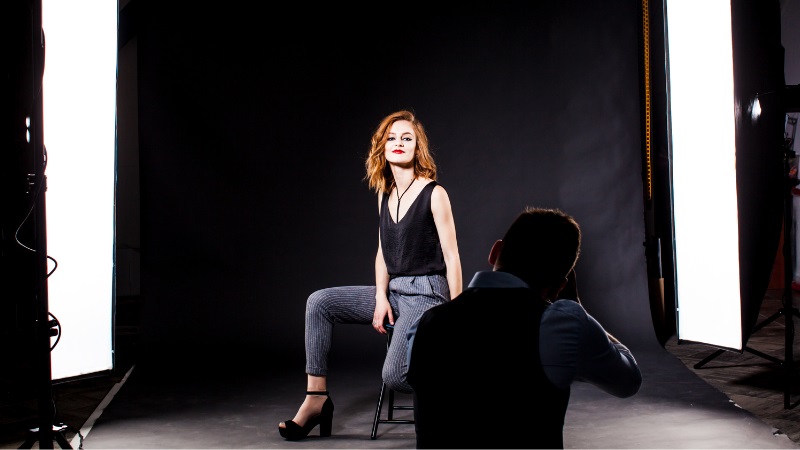
How to Walk Like a Model with Correct Posture and Rhythm
Model walk can often be the highlight of a fashion show. Their walk can make or break a runway look, so it is vitally important that models maintain strong and consistent walk techniques.
People everywhere are taking on the model walk challenge; whether it be practicing their model strut on TikTok or trying out the latest fitness trend at their gym. But what exactly is a model walk?
Posture
Model walking is more than just strolling down the street; it’s an art form that helps models stand out and make an impressionable statement. From practicing in front of the mirror to ballet classes, a good model walk requires time and practice to perfect; but when your aim is securing that dream fashion show gig or impressing fitness pros with your Bella Hadid, Naomi Campbell, or Kate Moss impression it’s worth all that extra work!
Models often resort to certain exaggerated postures to add flair and flair to their presentations; leaning back is a popular technique that helps models appear taller and more assured on the runway or photoshoots, and can even help highlight particular body curves such as shoulders or waistlines during fashion shows or photo shoots.
As part of modeling, it’s also essential to remember that posture plays an essential role. A successful model walk begins with a strong and poised posture – although it might be tempting to hunch over or sway your shoulders during each step, such movements could make you appear nervous and unprofessional.
Model walking should include keeping your head up and shoulders back while taking strides, with a focus on an object or spot in the distance to maintain control of balance and direction without becoming distracted by surroundings. This technique resembles dance spotting where models use one single point as their guide for movement.
Keep your hands at your sides instead of balling them up; while this may feel uncomfortable at first, soon after you will quickly appreciate how natural hand movement can enhance both modeling poses and overall appearance. Models also use crossed arms to create an open and feminine appearance and draw attention to their features or accentuate an outfit’s lines.
Rhythm
An elegant stride is one of the hallmarks of beauty for models, drawing attention to the clothes worn. Many models follow what is commonly referred to as the “catwalk walk,” although sometimes called the “model walk.” A model’s graceful stride can make an impression at fashion shows and other events where she may showcase garments; additionally, it can help them achieve success as models by increasing audience appeal, confidence levels, and overall attractiveness.
A successful model walker should exhibit a strong yet controlled rhythm when walking. She should take long and fluid strides with each footstep shifting her weight back and forth gracefully to highlight the shape of the clothing she is wearing. A skilled model walker also moves her hips slightly when showing formal garments to highlight curves and draw attention to their body.
Prospective models looking to perfect their model walks should practice their walk to music that gives them an indication of the beat they should follow. This is important, as many designers use music during runway shows to set the right ambiance and affect how models walk down the runway; practicing various songs with varied rhythms will enable a model to find her best pace and walk confidently down the runway.
Model walkers must also pay attention to how their arms move while walking, taking care not to move too rapidly or ball up their hands, which can appear nervous and insecure. Instead, a model should gently move her arms with her body for a flirty yet confident walk.
As soon as a model reaches the end of her runway, she should slowly slow down before beginning her turn. This will allow her to ease into it without stopping abruptly; furthermore, care should be taken not to overextend her legs by remaining too long in one spot and looking unprofessional.
Facial Expressions
Models must be adept at conveying emotions through their body language and facial expressions. While walking, models should feel confident while simultaneously showing anger, sadness, fear, joy, or happiness in various forms. Models can improve their facial expressions by practicing in front of a mirror and trying out various looks to match every emotion they might display on set.
One way of creating facial expressions is by raising and lowering eyebrows or showing either frowning or smiling in response to specific situations – for instance, if asked to walk in a high fashion editorial shoot that calls for serious expression while another call may require big smiles in commercials for brands.
Smiles are universal signals of happiness, but can also express sadness, joy, fear, and anger. Modeling agencies require their models to exhibit multiple emotions for every shoot or show they participate in.
Modeling agencies often instruct their models to engage in exercises before photo shoots to get into the right mindset and look their best. Models can also practice using props or products during their walks so that they learn how to react appropriately.
Studies have demonstrated that facial expressions can convey many different messages; some overlapping or merging of emotions. Studies have also identified how different areas of the face transmit signals corresponding to different messages (Poggi 2007).
Expressions of intense emotions may be conveyed with facial movements such as frowning and lifting eyebrows; this combination signal typically results in what people interpret as an angry facial expression despite not necessarily being an entirely expressive one.
Studies have linked intonation to various aspects of emotion, and researchers have observed facial actions correlated to it; such as more eyebrow movements and head movement when hearing stressed words.
Arm Movements
Maintaining natural arm movements on the runway is an effective way to add power and maintain balance during your walk. Just be mindful not to exaggerate this movement – overdoing it may look unprofessional! Make sure your arm movements match up with those of your hips for the best results.
Reciprocal arm swing is widely considered to counterbalance trunk rotation around the vertical axis during walking (Elftman 1939; Murray et al 1967). Furthermore, this technique helps minimize vertical displacement of the center of mass during gait stability and contributes to gait stability.
To test our hypothesis that swinging arms contributes to walking stability, we analyzed joint angular acceleration waves for 102 participants aged 3 to 35 years. We compared these waves between control trials with no arm movement and arm weights and trials where arm movement occurred; and found that moment of inertia increased with arm motion as did phase difference of shoulder and pelvic acceleration waveforms relative to peak shoulder rotation – evidence supporting their mass dampening properties; therefore reducing arm swinging may reduce locomotor costs and save locomotor costs
Additionally, we investigated the effects of arm swinging and muscle excitation on the kinematics and kinetics of walking using a UpperLowerBodySimple model from the ULB project, with the simulation of musculoskeletal movements using an external model of muscles. We discovered that arm swinging can generate limit cycle oscillations at frequencies greater than the resonant frequency of the shoulder-joint complex, while active muscle forces can serve as escapements from such oscillations.
Stiff and awkward arm movements make a model appear robotic and unnatural, so for model walking, arms must remain relaxed and flowing naturally with hip movement. You should avoid stiff arm and hand movements seen in movies and commercials by finding an object to focus on while walking down a runway; this will help maintain stability while keeping your head held high – both signs of confidence!




